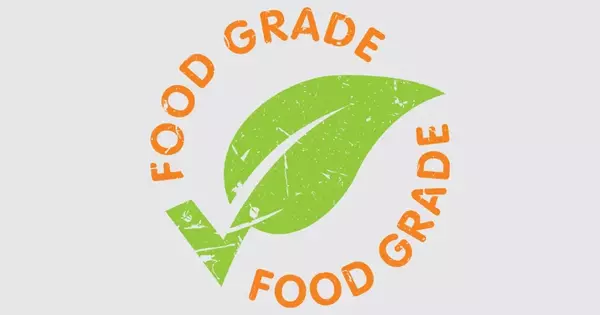Food grading is the inspection, assessment, and sorting of various foods based on quality, freshness, legal compliance, and market value. It is the assessment and classification of food products based on various quality factors. Food grading is often done by hand, with foods being assessed and sorted.
Its goal is to provide consumers with information about the quality, safety, and overall characteristics of the food they are purchasing. Machinery is also used to grade foods, which may include sorting products by size, shape, and quality. For example, machinery can be used to separate spoiled food from fresh product. It is typically done by regulatory authorities, independent organizations, or industry associations.
Food grading is the process of evaluating and categorizing food products based on quality factors such as appearance, flavor, texture, and nutritional content. The goal of food grading is to inform consumers about the quality and characteristics of the food they are purchasing.
Here are some common aspects considered in food grading:
- Quality: Food grading evaluates the overall quality of the product, including factors like freshness, flavor, texture, appearance, and aroma.
- Safety: Grading may also consider food safety measures, such as adherence to hygiene standards, absence of contaminants, and compliance with relevant regulations.
- Size and Uniformity: For certain products like fruits, vegetables, or grains, grading may assess the size, shape, and uniformity of the items to ensure consistency in appearance.
- Grade Standards: Specific grade standards for various food products are frequently established, outlining the criteria for each grade level. These requirements may differ depending on the type of food, regional regulations, and industry practices.
- Packaging and Labeling: Grading may also include an examination of food product packaging and labeling to ensure that consumers receive accurate information, such as nutritional information, ingredient lists, and expiration dates.
- Certification: Food grading systems may include certification programs that verify adherence to specific standards in some cases. Organic, fair-trade, and other specialized food products may require certification.
Food grading systems differ between countries and regions. The United States Department of Agriculture (USDA) grading system for meat and poultry, the European Union’s quality labels for agricultural products, and various grading systems for fruits, vegetables, and seafood are examples of common grading systems.
















